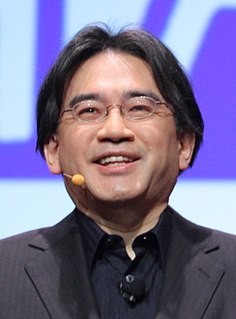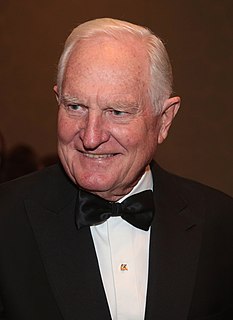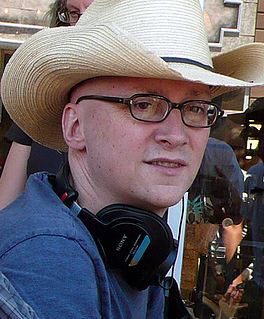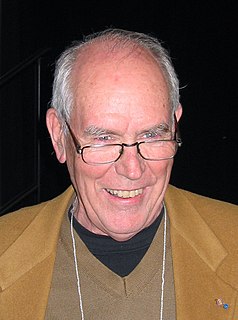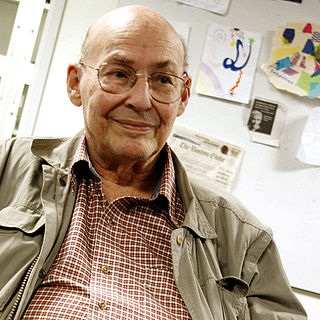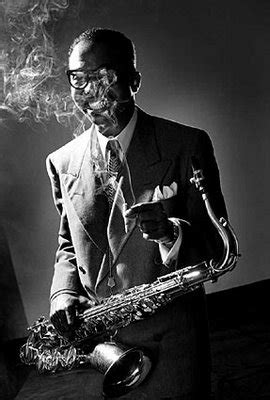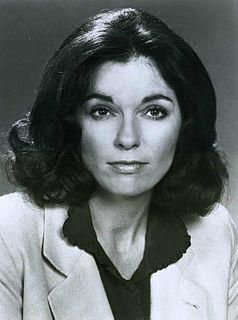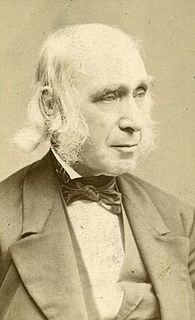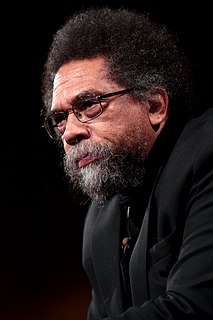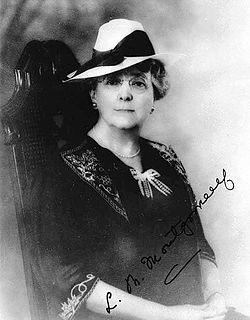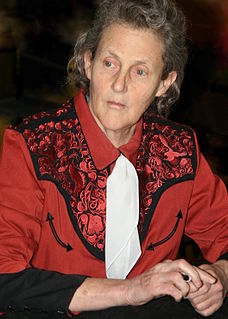A Quote by Edward Tufte
The best graphics are about the useful and important, about life and death, about the universe. Beautiful graphics do not traffic with the trivial.
Related Quotes
We're also looking a lot at graphics and video. We've done a lot on a deep technical level to make sure that the next version of Firefox will have all sorts of new graphics capabilities. And the move from audio to video is just exploding. So those areas in particular, mobile and graphics and video, are really important to making the Web today and tomorrow as open as it can be.
For us, it's about having the game react to the player as much as possible. There's ways you can do that with technology, graphics, AI - we're doing some VR stuff right now - and so it's what we think is great about not just our games, but what's great about video games - how are they better than any other form of entertainment?


